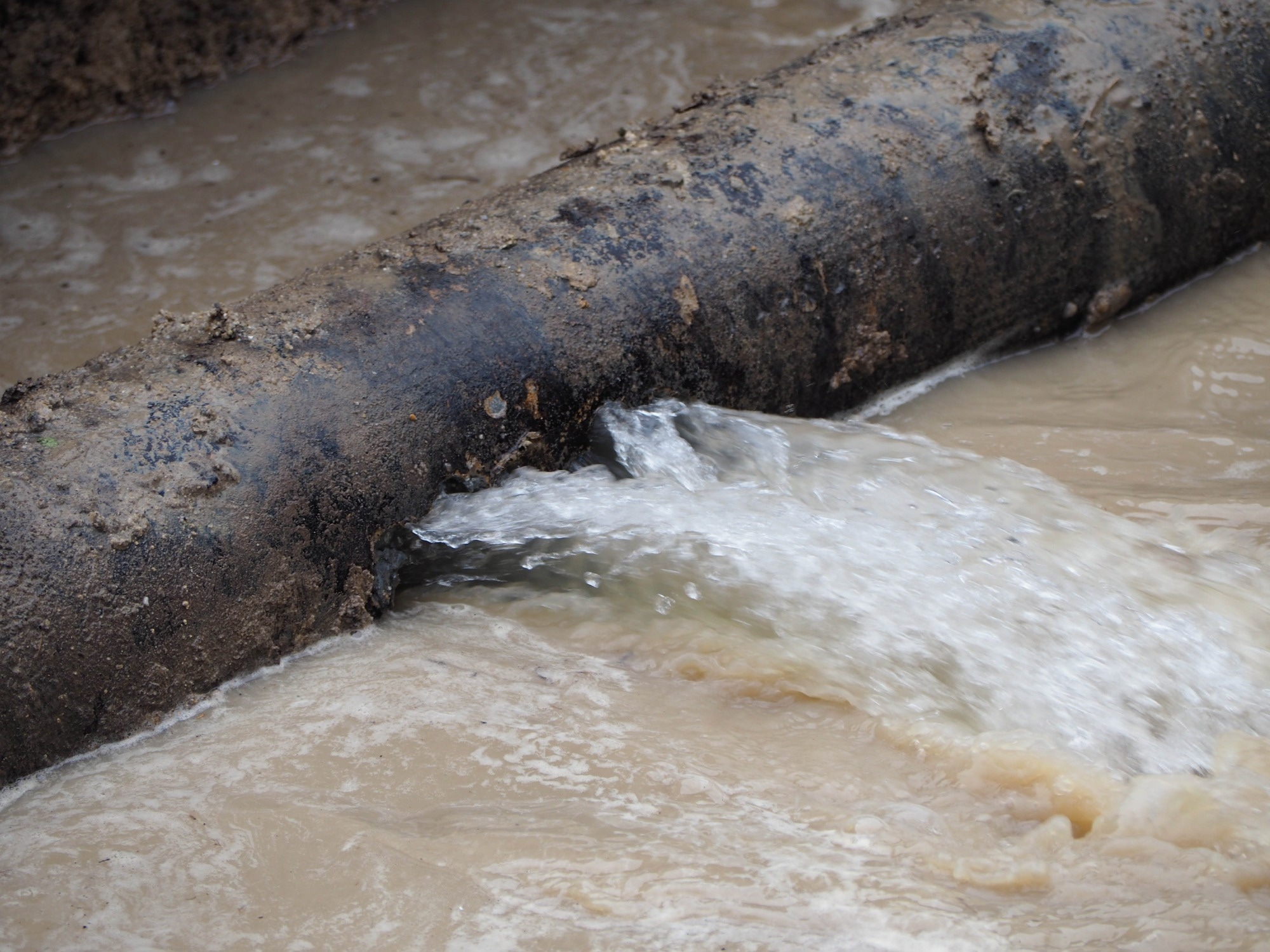Urban water supply systems frequently experience pipeline leakage, which has a negative impact on the environment, society, and the economy.
The Impact of Pipeline Leakage
On the Economy
The high leakage rate will also result in significant financial losses for the water company because the lost water resources will not generate any revenue.
On Society
A higher leakage rate will result in faster water flow through the pipeline, which will lower water pressure and affect residents’ ability to maintain a steady water consumption rate.
On the Environment
Leakage will also waste a significant amount of water, which is against the idea of sustainable development. Therefore, enhancing the utilization of urban water resources and achieving economic sustainability depends greatly on lowering the pipeline leakage rate.

Image Credit: Shutterstock.com/RosnaniMusa
Difficulties
Exploring efficient leak detection techniques is a crucial component of managing leak rates for water companies. On the other hand, some conventional leak detection techniques, such as the audio–audio method, the sonic method, etc., rely on staff visits, which are not only time-consuming but also expensive in terms of labor, and the scope of the investigation is also very small with little effect.
Micro Sensor Solution
DMA (District Metering Area) is currently the most efficient leakage monitoring technique. The abnormal water supply in the pipeline can be quickly identified and the leakage point can be located by remotely monitoring the flow and pressure nodes in each DMA. This effectively lowers the pipeline leakage rate and the lag between production and sales.
Solutions for wireless monitoring systems are advised by Micro Sensor.
In other words, the wireless monitoring terminal is being used to transfer the collected data to the server through the 4G network after the MFE600E electromagnetic flowmeter and MPM4730 pressure transmitter have collected the flow and pressure change of the pipeline, respectively.
Data, like pipeline flow and pressure, can be automatically collected, analyzed, and uploaded by the system. Real-time alarms can be sent through mobile devices or online monitoring platforms when there is an abnormal situation in the pipeline, such as with pressure, flow, or flow rate, so that staff can be scheduled to check and maintain in a timely manner.
The system can also store historical data, making it simple for staff to access any time period’s worth of information.
Product-Related
- Open flow, no moving components, and no pressure loss in the measurement pipe
- Multiple material choices of electrode and lining, solid against highly corrosive or abrasive medium and applications
- Multiple parameters displayed, including flux, transient flux, velocity, flow %, etc
- Forward flux and reverse flux can be measured
- The variations in fluid density, viscosity, temperature, pressure, and electrical conductivity will not affect accuracy
- EEPROM store parameter settings and cumulative values when power off, supports zero drift, self-diagnosis and alarm functions
- With integrated grounding electrode (DN25-DN500), no need of grounding ring
- Remote display available. Flange, sanitary, threaded, clamping type installation optional.
- Ex-proof / Sanitary / CE
- Double outpt signals, 420 mA DC + RS485 Modbus, friendly to future upgrade
- Total error 0.15%FS include thermal effect in -10℃ ~ 70℃
- SS316L / Titanium / Hastelloy C / Tantalum material available
- Ex-proof / CE / Marine Approval / RoHS
Onsite Application
Leakage monitoring of the water supply pipeline is important for urban water supply, industrial water, hydrological exploration and other industries, and on occasions where on-site flow and pressure are monitored and controlled. After prolonged use, the products continue to function consistently and dependably, and they are of excellent quality, earning positive feedback from clients.

This information has been sourced, reviewed and adapted from materials provided by Micro Sensor Co., Ltd.
For more information on this source, please visit Micro Sensor Co., Ltd.